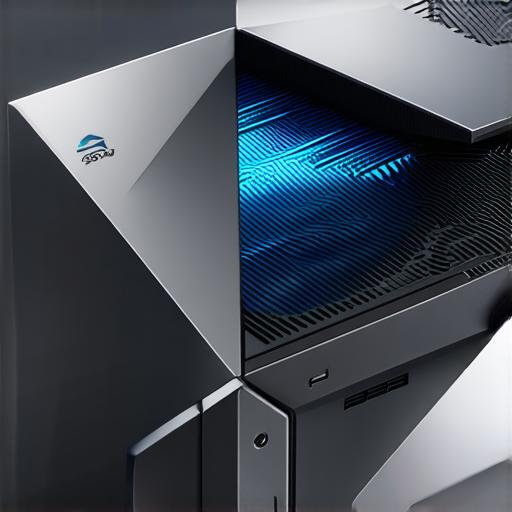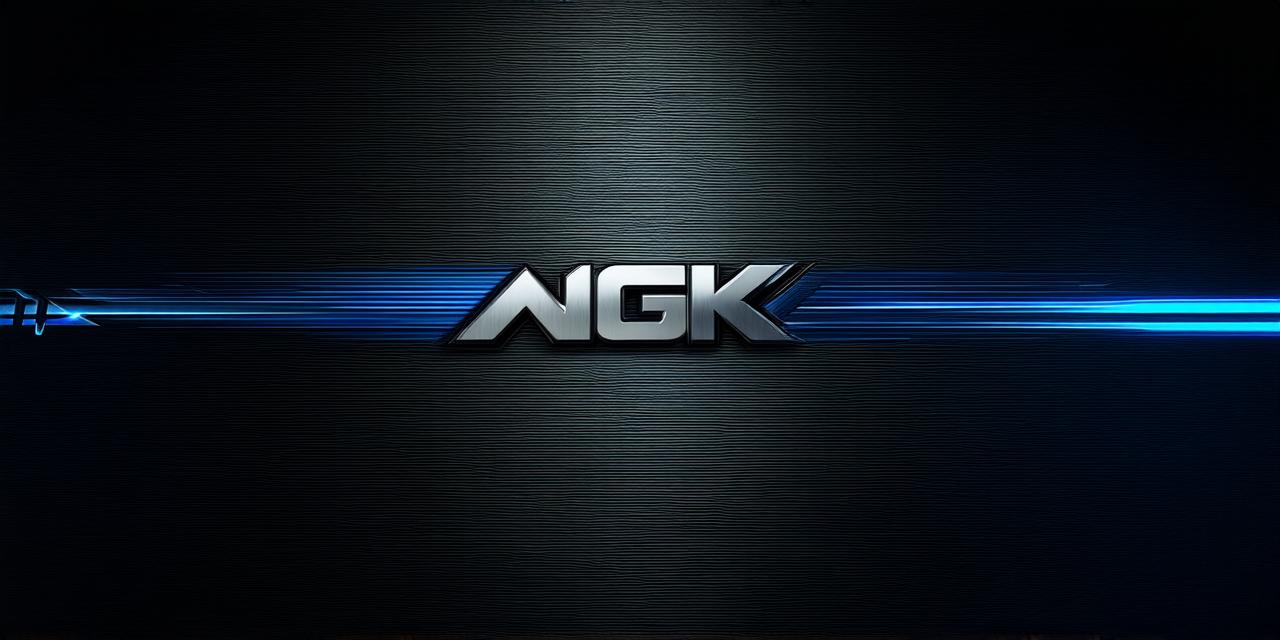Unreal Engine 4: An Overview
Unreal Engine 4 is a real-time graphics engine that allows developers to create 3D worlds, applications, and games. The engine provides a wide range of tools and features that make it easy for developers to create visually stunning experiences with minimal coding. UE4 uses Epic Games’ own proprietary graphics rendering technology called Real-Time Rendering (RTR), which is optimized for real-time performance.
Key Features of UE4
1. Blueprints
Blueprints is a visual scripting system that allows developers to create complex game logic without writing code. It is based on the concept of “drag and drop” where developers can use pre-built nodes and connect them using wires to create custom workflows. Blueprints is easy to learn, making it an excellent choice for beginners who want to get started with UE4 quickly.
2. Visual Scripting
Visual Scripting is another visual scripting system that allows developers to create custom logic using a drag-and-drop interface. It is similar to Blueprints but has more advanced features and can be used to create complex workflows. Visual Scripting is particularly useful for creating AI and simulation systems.
3. Real-Time Rendering (RTR)
Real-Time Rendering (RTR) is the core technology behind UE4. It is optimized for real-time performance and provides excellent graphics quality even on low-end hardware. RTR uses advanced techniques such as light mapping, LOD (level of detail), and texture streaming to achieve optimal performance.
4. Physics Simulation
UE4 has a powerful physics simulation system that can be used to create realistic physics behavior in 3D environments. The engine supports various physics engines, including Havok, NVIDIA PhysX, and Bullet. Developers can choose the best physics engine based on their project requirements.
5. Animation Tools
UE4 has a wide range of animation tools that allow developers to create complex animations with minimal effort. The engine supports various animation techniques, including skeletal animation, motion capture, and particle systems. Developers can also use the Physics Simulation system to create realistic physics-based animations.
6. Virtual Production Tools
UE4 has a set of virtual production tools that allow developers to capture real-world data and integrate it into their 3D environments. These tools include Scene Capture, which allows developers to capture real-world scenes and import them into UE4, and World Composition, which allows developers to composite multiple cameras into a single scene.
7. Integration with Other Tools
UE4 can be integrated with various other tools such as 3D modeling software, audio editors, and animation software. This integration makes it easy for developers to work with their existing tools and streamline their workflow.
Case Studies
1. Fortnite
Fortnite is a popular battle royale game that was developed using UE4. The game uses various features of UE4, including Blueprints, Visual Scripting, and Physics Simulation. Fortnite’s graphics quality and real-time performance are exceptional, thanks to UE4’s Real-Time Rendering (RTR) technology.
2. Ready Player One
Ready Player One is a virtual reality game that was developed using UE4. The game uses various features of UE4, including Blueprints, Visual Scripting, and Physics Simulation. Ready Player One’s graphics quality and immersive experience are impressive, thanks to UE4’s powerful physics simulation system and support for VR platforms.
3. World of Warcraft
World of Warcraft is a massive multiplayer online role-playing game (MMORPG) that was developed using UE4. The game uses various features of UE4, including Blueprints, Visual Scripting, and Physics Simulation. World of Warcraft’s graphics quality and real-time performance are exceptional, thanks to UE4’s Real-Time Rendering (RTR) technology and support for high-performance hardware.
Expert Opinions

“UE4 is a powerful game engine that offers a wide range of features and tools to create immersive and interactive experiences,” says John Carmack, co-founder of id Software. “Its real-time rendering technology is unparalleled, making it the go-to engine for creating high-performance games.”
“UE4 is not just a game engine; it’s a platform that can be used to create various types of applications,” says Tim Sweeney, CEO of Epic Games. “From architecture and design to automotive and manufacturing, UE4 has the power to transform industries.”
Real-Life Examples
1. Architectural Visualization
UE4 can be used to create high-quality architectural visualizations that showcase building designs in a realistic and immersive way. Developers can use the engine’s physics simulation system to create realistic lighting and shadows, as well as simulate various environmental factors such as wind and weather.
2. Product Design
UE4 can be used to create product designs that showcase the functionality and aesthetics of a product in a realistic and interactive way. Developers can use the engine’s animation tools to create custom interactions, as well as simulate various environmental factors such as lighting and shadows.
3. Automotive Design
UE4 can be used to create high-quality automotive designs that showcase the functionality and aesthetics of a vehicle in a realistic and interactive way. Developers can use the engine’s physics simulation system to create realistic lighting and shadows, as well as simulate various environmental factors such as wind and weather.
FAQs
1. What programming languages are supported by UE4?
UE4 supports multiple programming languages, including C++, Blueprints, and Visual Scripting.
2. What is Real-Time Rendering (RTR)?
Real-Time Rendering (RTR) is the core technology behind UE4. It is optimized for real-time performance and provides excellent graphics quality even on low-end hardware.
3. What are some of the key features of UE4?
Some of the key features of UE4 include Blueprints, Visual Scripting, Real-Time Rendering (RTR), Physics Simulation, Animation Tools, Virtual Production Tools, and Integration with Other Tools.
4. Can UE4 be used for architectural visualization?
Yes, UE4 can be used to create high-quality architectural visualizations that showcase building designs in a realistic and immersive way.
5. Can UE4 be used for product design?
Yes, UE4 can be used to create product designs that showcase the functionality and aesthetics of a product in a realistic and interactive way.
6. Can UE4 be used for automotive design?
Yes, UE4 can be used to create high-quality automotive designs that showcase the functionality and aesthetics of a vehicle in a realistic and interactive way.
